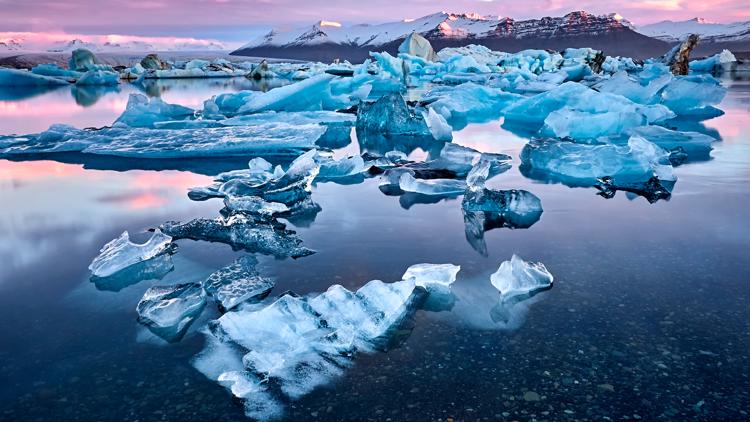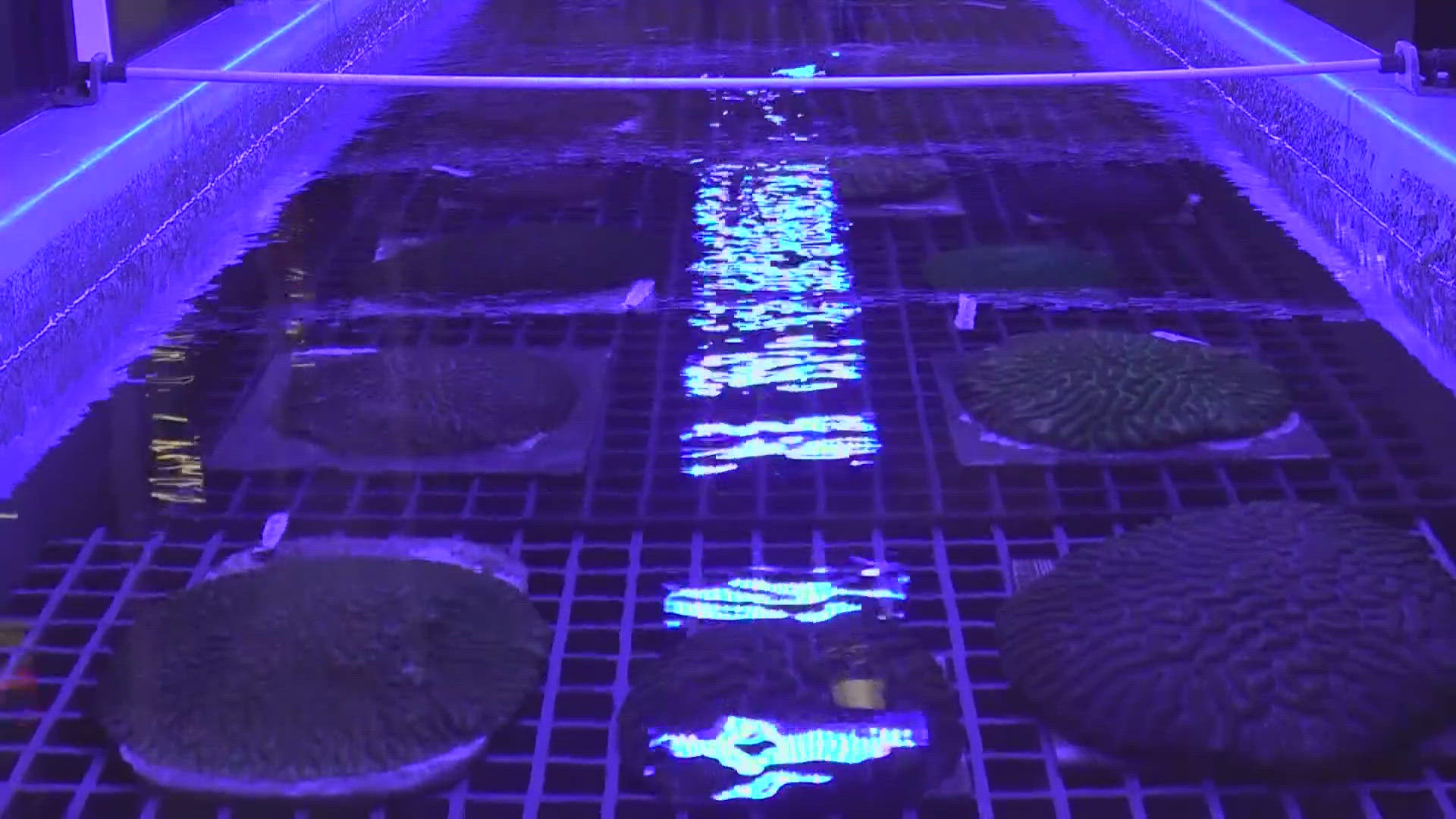Scientists have spent the past 15 years analyzing the Arctic and putting the data into its Arctic Report Card.
The report card for 2020 is the 15th one, and it shows the warming trend and loss of snow and ice is happening even faster than originally expected.
“In 2006 it was clear that the Arctic was changing,” the report said. “The rapid change is overtaking the Arctic.”
Some of this year’s significant findings include:
Sea ice: The end of summer sea ice extent in 2020 was the second-lowest in the 42-year satellite record, with 2012 being the record minimum year.
Snow: The exceptional warm spring air temperatures across Siberia resulted in a record low June snow cover extent across the Eurasian Arctic, as observed in the past 54 years.
Temperatures: Second-highest ever recorded, with large areas persistently 7.2 to 10.8 degrees Fahrenheit above normal.
Wildfires: Out of control and also unprecedented. Warm temperatures and record snow loss created conditions for extreme wildfires that tore through northern Russia in 2020. This was three times the wildfires in Alaska in 2019, which was almost 10 times the area of the wildfires that burned in California.
Glaciers and ice sheets: From September 2019 to August 2020, the Greenland Ice Sheet experienced higher ice loss than the 1981-2010 average but substantially lower than the record 2018-19 loss. Glaciers and ice sheets outside of Greenland have continued a trend of significant ice loss, dominated largely by ice loss from Alaska and Arctic Canada.
Biological changes: The Arctic has noticed increased plankton blooms and fish species moving large distances, which causes things like orcas preying on bowhead whales in areas the bowheads were previously safe. On land, the biggest changes include more plants growing across the tundra and changes in animal distributions, including moose and beaver moving into Alaska’s North Slope.
“Taken as a whole, the story is unambiguous,” said Rick Thoman, Alaska Climate Specialist with the International Arctic Research Center, and one of three editors of this year’s report card. “The transformation of the Arctic to a warmer, less frozen and biologically changed region is well underway.
Read the full report here.
►Breaking news and weather alerts: Get the free 10 Tampa Bay app
►Stay In the Know! Sign up now for the Brightside Blend Newsletter



